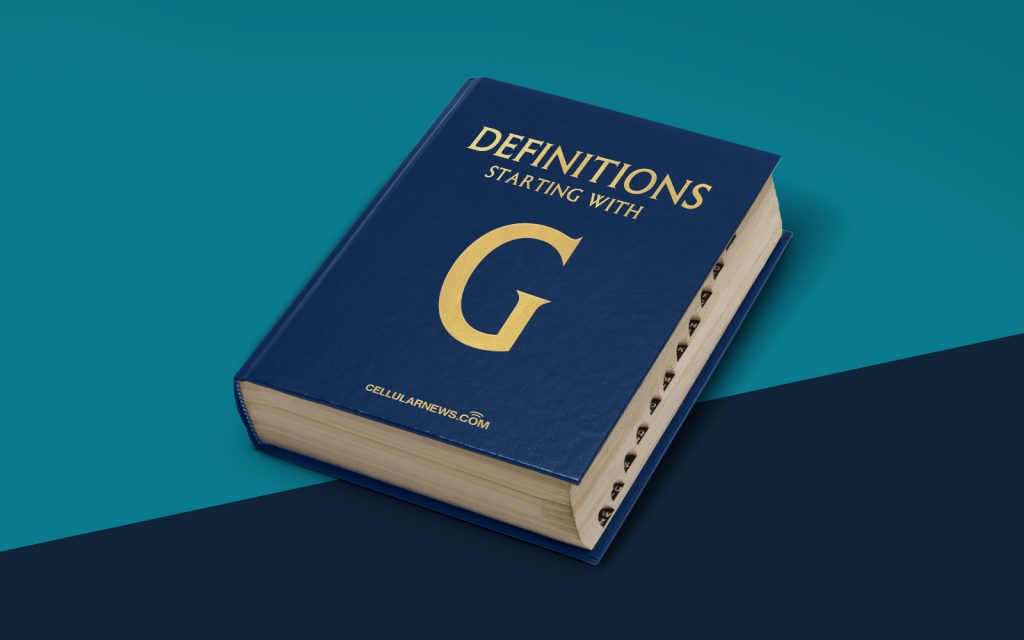
What is Graphics Interchange Format (GIF)? Understanding the Origins and Popularity of this Digital Format
Welcome to the “DEFINITIONS” category of our blog! Today, we will dive into one of the most fascinating digital formats out there – the Graphics Interchange Format, or as you probably know it, GIF. This little acronym may sound familiar to you, especially since GIFs have taken the internet by storm. But what exactly is a GIF, and why are they so popular? Let’s unravel the history and significance of this captivating medium.
Key Takeaways:
- GIF stands for Graphics Interchange Format, and it is a digital image file format.
- GIFs gained popularity due to their ability to capture and display short, looping animations.
So, let’s start with the basics. What exactly is a GIF? At its core, GIF is a file format for digital images. It was developed by American computer scientist Steve Wilhite in 1987 while working at CompuServe, an early online service provider. Initially, GIFs were designed to store static images and graphics, supporting up to 256 colors, which made them ideal for web graphics.
However, it wasn’t until the late 1990s and early 2000s that GIFs gained their iconic status as a medium for short, looping animations. This feature allowed users to express emotions, convey humor, or illustrate actions with a simple file format. From dancing cats to rotating logos, GIFs became an integral part of online culture, infiltrating forums, social media, and other digital platforms.
Today, the popularity of GIFs knows no bounds. Their versatility and universal appeal are key contributors to their success. Here are a few reasons why GIFs have become an essential part of online communication:
- Expressiveness: GIFs offer a unique way to visually express emotions, reactions, or sentiments that may be difficult to convey with words alone. Whether it’s a celebratory dance or a facepalm moment, GIFs can add a touch of humor and enhance the digital conversation.
- Compact and Shareable: GIFs are relatively small in size, making them easy to share and consume across various platforms. Their compact nature ensures quick loading times, enabling seamless viewing experiences for users.
- Looped Animations: The ability to loop enables GIFs to convey actions and movements repeatedly, providing an engaging and mesmerizing visual experience.
- Compatibility: GIFs can be viewed and shared on almost any device or platform, further contributing to their widespread popularity.
These factors, along with the rise of social media and meme culture, have propelled GIFs into the forefront of online content. They have become a universal language, allowing us to communicate in a fun and visually appealing manner.
In conclusion, Graphics Interchange Format or GIF is a digital image file format that has evolved from static graphics to short, looping animations. Their expressiveness, shareability, and compatibility have made them an essential component of online communication and expression. Whether you use GIFs to add a touch of humor to your conversations or to showcase unique visuals, they are here to stay in the digital landscape.
Thank you for joining us in exploring the world of GIFs! Stay tuned for more fascinating posts in our “DEFINITIONS” category, where we discuss various terms and concepts that shape the digital realm.
